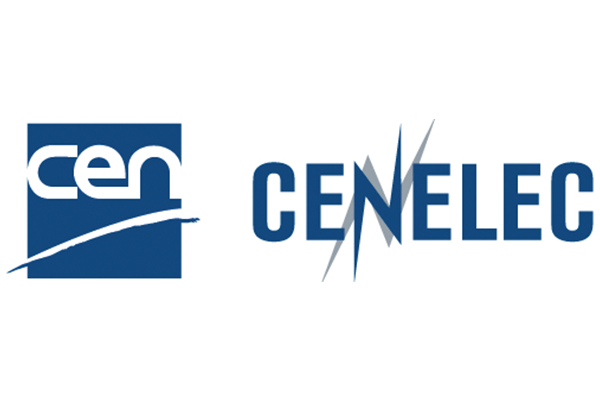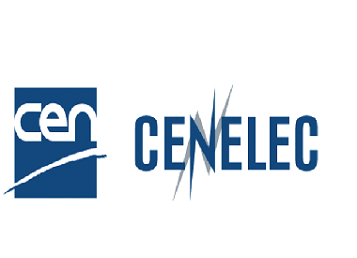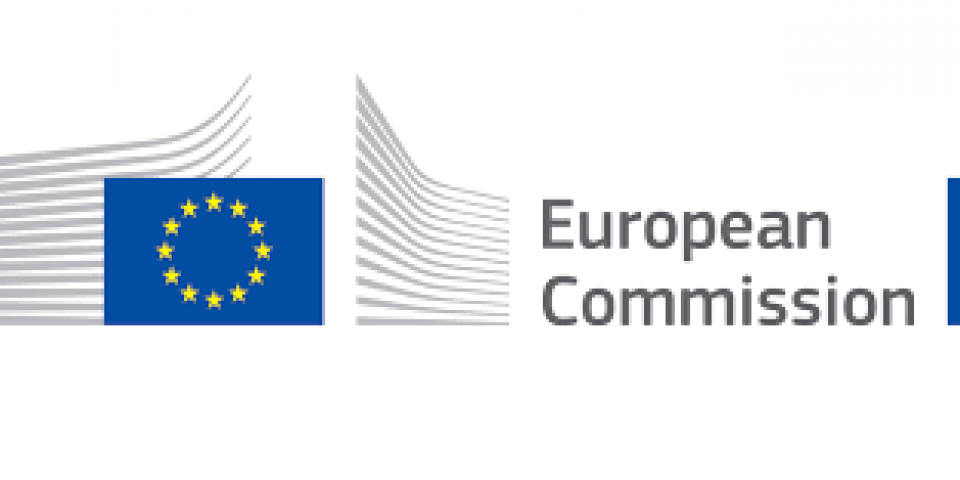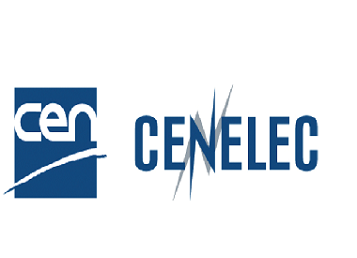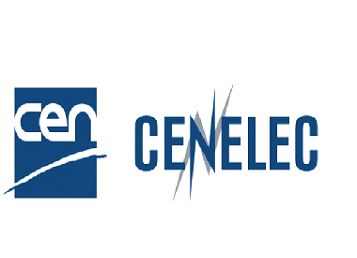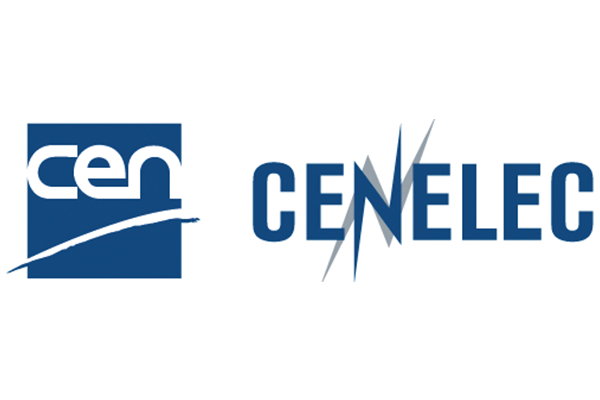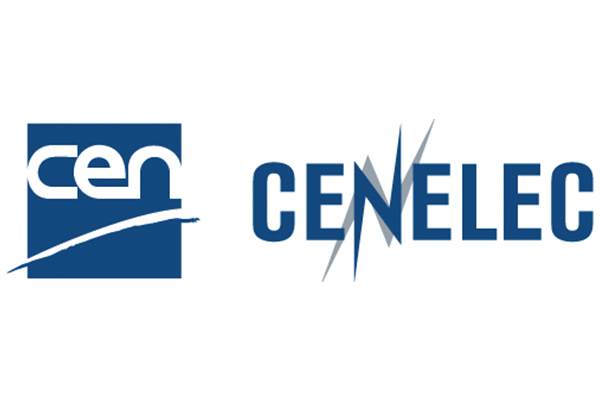CEN, CENELEC’s new position paper on the intended revision of the General Product Safety Directive (2001/95/EC)
The European Commission intends to propose by the end of 2020 a new European Consumer Agenda setting out the main consumer policy priorities in the EU for the years to come. The overall aim is to take stock of a number of trends affecting consumer markets and the related challenges. Incidents linked to Covid-19 have further highlighted some of these trends, for example the increasing use of online sales channels and the need to ensure safety for consumers in this context.
One of the main aims of the European Union, through its consumer safety legislation, is to ensure that only safe products are available on the European single market. European standards (EN) have always had a huge role to play in fulfilling this ambition. This important role is highlighted in a recent Position Paper, drafted and published by CEN and CENELEC in response to a stakeholder’s consultation launched by the European Commission on the General Product Safety Directive.
On 14 October 2020, CEN, CENELEC and ETSI, the three official European Standardization Organizations, joined the international standardization community in celebrating World Standards Day. By focusing on the environment, this year’s edition aims to raise awareness on the potential of standards to help tackle the climate crisis.
Standards play a great role in boosting the ecological transition. They can make home appliances, devices and infrastructures more energy-efficient, create ways to reuse and recycle waste, and set incentives to make steel and cement more sustainable. Developing environmentally ambitious standards is also instrumental to achieve some of the UN’s Sustainable Development Goals (SDGs). This year’s World Standards Day, “Protecting the planet with standards”, celebrates the potential of standards to help our world become more sustainable by setting common rules that help businesses provide better goods and services, while respecting planetary boundaries. It is a moment to showcase particularly successful examples of how standards contribute safe and proactive changes to our world and raise awareness on the importance of standardization to the world economy, but also the environment and consumers worldwide.
The European Commission presented its ‘Sustainable and Smart Mobility Strategy' together with an Action Plan of 82 initiatives that will guide its work for the next four years. This strategy lays the foundation for how the EU transport system can achieve its green and digital transformation and become more resilient to future crises. As outlined in the European Green Deal, the result will be a 90% cut in emissions by 2050, delivered by a smart, competitive, safe, accessible and affordable transport system.
Milestones for a smart and sustainable future: All transport modes need to become more sustainable, with green alternatives widely available and the right incentives put in place to drive the transition. Concrete milestones will keep the European transport system's journey towards a smart and sustainable future on track:
By 2030:
- at least 30 million zero-emission cars will be in operation on European roads
- 100 European cities will be climate neutral.
- high-speed rail traffic will double across Europe
- scheduled collective travel for journeys under 500 km should be carbon neutral
- automated mobility will be deployed at large scale
- zero-emission marine vessels will be market-ready
AI in Healthcare: Paving the Way with Standardization - CEN and CENELEC’S Stakeholders’ Workshop
In recent years, and in the current quest for digital sovereignty, AI has become one of the top strategic priorities and a key driving force of economic growth. Healthcare is a sector in which this game-changing technology has a particularly high potential to make a huge difference for both health professionals and patients: it allows for faster data analysis and diagnoses, optimises time or outbreak monitoring, and overall provides high-quality care for its citizens. Nevertheless, AI applications must take into account existing European regulatory frameworks, health industry practices, and realworld applications. Furthermore, the COVID-19 pandemic has highlighted the role such new technologies can play for an effective and efficient health system.
In this context, standards have a strategic role to play: in a quickly developing sector, they can help build trust, promote transparency, and provide a common language. To launch the discussion on this topic, CEN and CENELEC, two of the official European Standardization Organizations (ESOs), organised the digital stakeholders’ workshop “Artificial Intelligence in healthcare: paving the way with standardization”.
In the field of intelligent transport systems (ITS), Cooperative ITS (C-ITS) has the potential to further increase the benefits of ITS services and applications. C-ITS is a subcategory of the overall ITS which includes instruments that communicate and share information between ITS Stations to give advice or take actions with the objective of improving safety, sustainability, efficiency and comfort beyond the scope of stand-alone ITS.
In October 2020, CEN and ISO published online a freely available brochure on the topic. This extensive document provides up-to-date information on global standardization in the domain of Intelligent Transport Systems, with a specific focus on Cooperative Intelligent Transport Systems. It is meant to serve as a guide for C-ITS system designers and to support the deployment of such applications. Especially, this living document complements the series of Technical Reports TR 21186 ‘Cooperative intelligent transport systems (C-ITS) - Guidelines on the usage of standards’ developed by CEN and ISO. The Brochure is available on the ITS webpage of the CEN website and on the website of CEN/TC278 Intelligent Transport Systems.
Standards help researchers bring their innovation to the market and give credibility over the development of an innovative technology, and start-ups and spin-offs to scale up their business. The CEN and CENELEC Innovation Plan aims at addressing venture capital investors by highlighting the benefit of standards. For venture capitalists that invest in risky innovative business, it is crucial to assess the scalability potential of the businesses they are funding. From their perspective, seeing innovative technologies that are developed with the support of standards can reduce the risk for the companies in which they invest.
Bitmovin is a successful example of a start-up that managed to scale-up thanks to standardization. The company was started as a spin-off from research at the University of Klagenfurt, in Austria. Bitmovin’s founders were involved very early in the standardization process of a new video technology and they co-created the MPEG-DASH standard, adopted as ISO/IEC 23009-1. Here you can watch the video success story of Bitmovin.
Standards have a fundamental value in supporting and mainstreaming research and innovation. Yet, this value is very often misunderstood or underrated, also by policy makers – with very serious consequences for the ability of innovation ecosystems to scale up. This issue is at the heart of a new study published by Alfred Radauer, Driving from the Fringe into Spotlight: the underrated role of standards and standardization in RTDI policy and evaluation.
The study, which was published in the November 2020 issue of the fteval Journal for Research and Technology Policy Evaluation, tackles this issue through a lot of practice-based analysis and provides a series of recommendations to improve the situation. In particular, the paper points out that, while attempts are being made to bridge the gap between the two world of standardization and research, it is also clear that more spotlight on the standards topic is needed to reap the potential benefits when innovating and supporting innovation. Based on this, Mr Radauer presents a series of recommendations, both for researchers and policy makers.
Security standards are for all! Read CEN and CENELEC’s new brochure
The CEN and CENELEC Sector Forum for Security (SF-Sec) has developed a brochure to share with the security standardization community. The brochure includes examples of areas of security to which standardization is contributing. In addition, it contains clear examples of how individuals in the security standardization community have developed standards on concrete topics. The brochure aims to be a call to action to invite stakeholders to participate actively in these efforts. The full brochure can be read and downloaded on CEN and CENELEC’s website.






